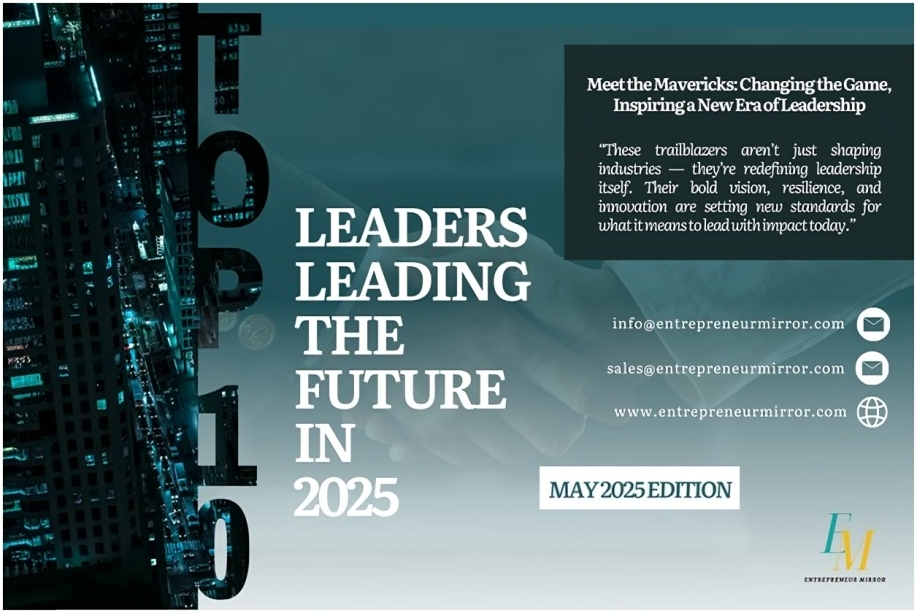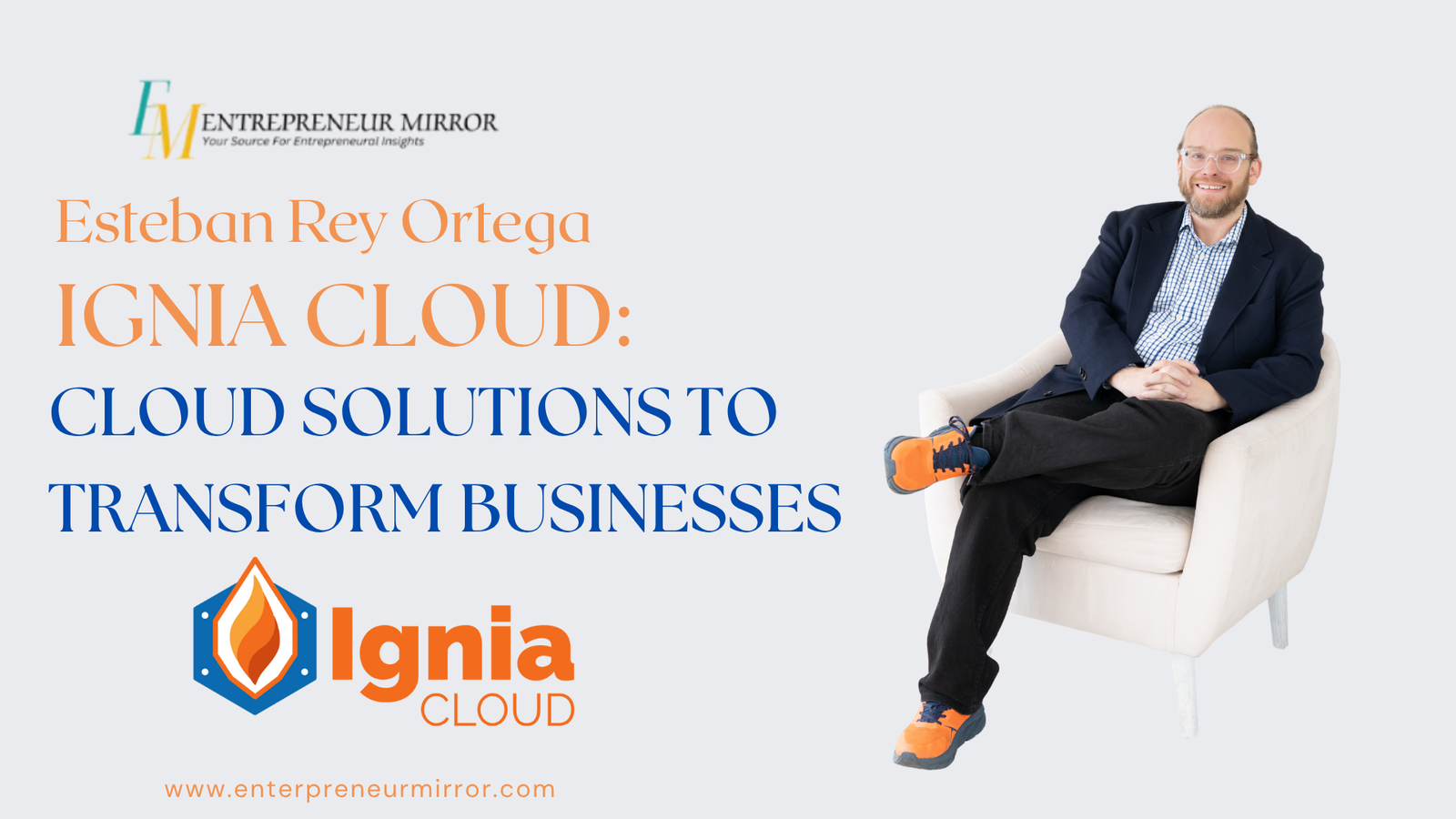In this world where technology evolves quickly, we are left to handle artificial intelligence(AI), which takes up the front and sparks interest, debate, and manifold misconceptions. As AI technologies become increasingly mainstream, sorting between various AI myths and AI realities is essential. The post seeks to de-mystify common AI misconceptions, highlighting AI’s current abilities and limitations.
Introduction to AI Misconceptions
Artificial intelligence (AI) offers problem-solving solutions through data, and reasoning is a field that is often surrounded by exaggerations and fiction. This caused AI myths to increase to change, and the technologically accurate progressions are hidden behind those misrepresentations. Through knowing these myths with the other side of facts, we can see the perks AI offers us and where its limits are simultaneously.
Unraveling Common AI Myths
- Myth: Machine Learning will be smarter than humans in all tasks.
- Fact: AI behaves efficiently in those tasks that cognitively depend on the immense amounts of data processing and perceiving patterns; in contrast, it is not gifted with the general intelligence and emotions that characterize people. A large part of AI capabilities is data and trained algorithms on which the AI has been learning.
- Myth: AI and automation will create enormous unemployment.
- Fact: AI is not just changing the kind of jobs by providing an alternative to some positions but also by restructuring jobs. That is the technology that carries out such tasks and discards it once completed. Nonetheless, it creates functions such as taking care of AI management and using its outputs to restructure staff into more tactical and creative operations.
- Myth: AI Does not Have an Emotional and Inherent Bias.
- Fact: AI systems get biased biases from their inherited training data, which makes the results unbalanced or unfair. The creation of AI without bias demands continual database optimization and monitoring to guard against the possibility of AI making decisions that we cannot tell are fair or not.
- Myth: AI Insists On End-to-End Automation Of The Decision-making Process.
- Fact: If AI plays a positive role in the intelligence process by conducting database analysis, it must be dissimilar to human beings when performing ethics and morality-based judgments with unpredictable delivery variables. Human oversight remains essential.
- Myth: AI Is fallible.
- Fact: The accuracy of AI can be influenced by the particular quality and quantity of the data it has been trained on. These especially happen when information could be precise but becomes imprecise when it has multiple dimensions.
AI Realities Worth Noting
- AI Enhances Efficiency: AI systems can instantly process and analyze data that humans cannot, speeding up efficiency in diverse fields such as healthcare, finance, and manufacturing.
- AI Drives Innovation: From autonomous vehicles to personalized medicine, AI stands at the core of breakthrough inventions that have in them the power to change industries and lives.
- AI Requires Ethical Consideration: The implementation of AI makes the appearance of critical ethical questions related to privacy, surveillance, and autonomy. AI development should be done so that ethical principles and regulations should be considered the most essential factors.
The Future of AI: Sailing through the Mists of Myth and Greeting the World with Wings.
The knowledge of AI’s limits and ethical aspects is vital as we go into the future. Education and transparent communication, including AI’s capabilities and possible implications, are essential to utilizing it to the maximum while limiting its potential drawbacks.
AI and Job Creation: A Reality Check
A prevalent myth suggests AI will erase jobs indiscriminately, yet the reality is more nuanced and promising. AI’s integration into the workforce is not just about automation but innovation, leading to new job categories and industries. It encourages a shift towards more complex, creative roles AI cannot fulfill, emphasizing the importance of human ingenuity and adaptability. This transformation underscores AI’s role as a collaborator in the job market rather than a competitor, highlighting the symbiotic relationship between AI advancements and human employment opportunities.
Conclusion
The sphere of artificial intelligence is disclosed by its marvelous possibilities, yet its boundaries are its weaknesses and strengths. The factual dispelling of AI myths and the practical confrontation with AI realities are crucial tools in creating education that allows people to know much about this powerful technology. Shortly, emphasis should be placed on utilizing AI to benefit human characteristics and the problems with artificial intelligence. In this way, we can make AI remain a dominant force whose primary purpose is not to harm but to drive the objectives of humanity to the future where technology and people are in balance and harmony.
Also Read:-































































